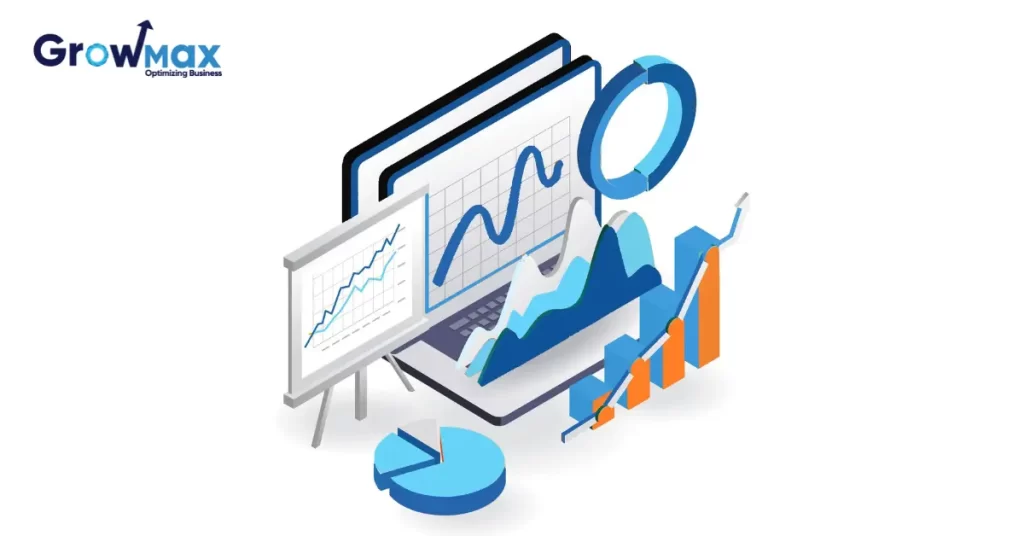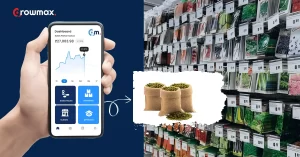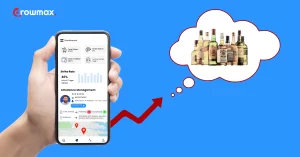Creating a sales forecast is an art as well as science. Accurate sale estimates keep your executives satisfied and your firm running smoothly. We’ll explain all you need to know about sales forecasting in this guide, so you can obtain a comprehensive view of your company’s predicted sales and keep everyone’s expectations on track.
One of the most essential things a firm does is forecast its sales. It supports sale strategy and is utilised for team and budgeting throughout an organization. Despite its relevance, many firms employ obsolete processes that result in inaccurate estimates.
What is sales forecasting?
The act of forecasting a company’s sales income for a given time period – usually a month, quarter, or year is known as sales forecasting. A sales projection is a forecast of how much profit a firm will make in the future. Accurate sales forecasting is critical to corporate success. It affects hiring, payroll, compensation, inventory management, and marketing. If a public company misses a projection, it may swiftly lose trust.
Forecasting is totally linked to sales pipeline management. Having a clear view of qualification, engagement, and velocity for each transaction allows sale professionals and management to give data for a more credible sales forecast. A forecast differs from sale objectives, which are the sales that an organisation expects to accomplish. A sales forecast is a projection of future sales performance based on a range of data sources.
Sales forecasting in Retail
Accurate sales forecasting is essential for FMCG Companies to supply the needed quantity on time. Even if preventing waste and shortages is one of their top priorities, retailers still have a lot of space for improvement.
All companies utilize some type of forecasting to foresee the future, and the rationale is straightforward. It is hard to develop a profitable and long-lasting retail business unless you know how many goods you will sell tomorrow. You’ll wind up buying too much of the incorrect product and not enough of the appropriate merchandise, upsetting your clients and losing significant revenues.
This is why shops are becoming increasingly data-obsessed, particularly in terms of forecasting. An excellent projection can be the difference between being profitable and going bankrupt.
Methods of Sales Forecasting
1) Using previous data to estimate future outcomes- Examining historical data is perhaps the most popular and easy way. The data is easily accessible, and it stands to reason those fluctuations depending on factors like as seasonality and new product releases would give directional information. The problem, of course, is that external, macro factors that affect sales aren’t always taken into account — at least not in a systematic way.
2) Forecasting using a funnel-
The present condition of the sales funnel is recognised as the most reliable predictor of anticipated sales outcomes by many businesses. As long as sellers provide accurate and often updated information about the status of certain endeavours, the funnel may be a relatively effective technique of forecasting.
3) Forecasting based on a number of variables-
Given the inherent limits of both of the above methodologies, some firms are attempting to develop more complicated forecasting models that combine techniques such as intelligent lead scoring as well as macro aspects that are likely to influence deal closing. The difficulty is to implement a strategy that is smart enough to be meaningful while being manageable and maintainable.
Importance of Sales Forecasting
Every organisation may benefit from a sales forecast in order to make better business decisions. It aids in general company planning, budgeting, and risk management. Sales forecasting also assists firms in precisely estimating their expenditures and income, allowing them to anticipate their short- and long-term success.
1) Identifies Potential Difficulties- Sales forecasting identifies potential issues and helps you to avoid or mitigate them.
2) Recruiting and Resource Management- Sales predictions can also assist you make decisions about hiring and resource/inventory management.
3)Improves Effectiveness- As the phrase goes, “What gets measured gets done,” and having a forecast report in front of you lets you know what your goals are and keeps you focused. It provides you with the knowledge you require to make decisions that will improve your performance.
FACTORS THAT INFLUENCE SALES FORECASTING
1)Changes in the Industry-
Every industry has comparable items manufactured by many firms. Factors such as new technology advancements, design, rivals conducting promotional efforts, or new firms joining the fray might modify and impact the industry’s market share – which will figure into your sales estimates.
2)Economic Conditions-
It goes without saying that the state of the economy has an influence on every business and market. People/businesses will lose money and be more hesitant to purchase if the economy is in a slump, yet when the economy is successful, people are more ready to invest and buy.
3)Product Changes-
Changes in your product might have a significant impact on your sales estimate. These modifications might include the introduction of a new feature in response to great demand, the removal of a redundant function, or the elimination of flaws. Salespeople may use these product adjustments to reduce the length of their sales cycle and close more transactions.
4)Strategy Deviations-
Policy changes or the implementation of new laws/regulations can benefit or hinder your firm. As a result, it is critical that you consider these factors while estimating your sales for the upcoming month.
Conclusion
Accurate sales forecasting raises the chance of a company’s revenue increasing by 10% year over year. Businesses that use a good forecasting process are also 7.3% more likely to meet their quota. Forecasting enables companies to make critical decisions ranging from pipeline management to growth efforts. There is no one optimal approach for projecting sales, although multivariable analytical forecasting is often regarded as the most accurate and complete. Alternatively, historical forecasting is often regarded as the simplest and quickest way of sales forecasting.
For the majority of forecasting methodologies, accurate data is required to anticipate sales. Each prediction approach, however, has its own set of issues and priorities. Businesses can also anticipate sales based on the opinions of sales reps or the location of sales pipelines. Alternatively, analysing previous sales and growth rate yields various estimates. Some companies choose to utilise a variety of forecasting methodologies at the same time. A sales prediction based on educated assumptions, an overall business plan, and past sales data assists business professionals in more correctly forecasting future sales income and effectively closing agreements.




